The Difference Between Natural Stones
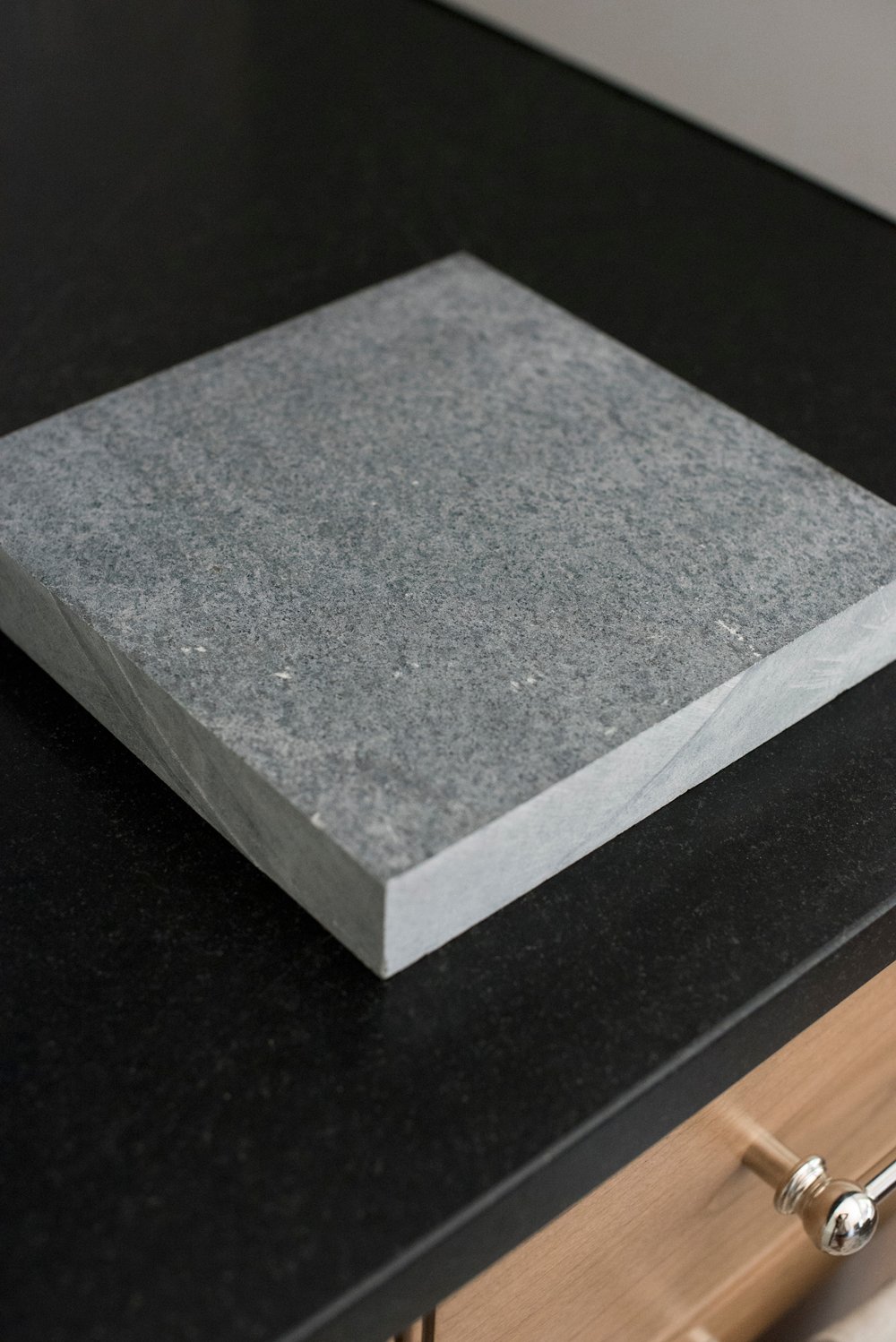 I’m still enjoying Arizona with my family, but I’ve got a good educational blog post for you today! This one was actually a reader request and I couldn’t believe I hadn’t shared this topic before. I talk a lot about natural stone here on the blog, and have shared insight on each option, but have never lined up a comparison type of post. I wanted to break down the difference between natural stones for you, so you can make an educated decision the next time you’re choosing material for a countertop, tile floor, a backsplash, etc. Click through for a post on all things natural stone and how they compare to one another…
I’m still enjoying Arizona with my family, but I’ve got a good educational blog post for you today! This one was actually a reader request and I couldn’t believe I hadn’t shared this topic before. I talk a lot about natural stone here on the blog, and have shared insight on each option, but have never lined up a comparison type of post. I wanted to break down the difference between natural stones for you, so you can make an educated decision the next time you’re choosing material for a countertop, tile floor, a backsplash, etc. Click through for a post on all things natural stone and how they compare to one another…
With so many different types of flooring and countertops readily available, it can be difficult to decide which materials are the best fit. Choosing the right stone is an important decision as it will affect not only the overall aesthetic, but also durability in each room- not to mention, it’s a costly investment. From marble tile to soapstone slabs, we’re exploring several natural options, along with pros, cons, and tidbits for each. Whether you’re a homeowner anticipating a renovation, or you’re an interior designer seeking insight into various styles, this is definitely one to save or pin!
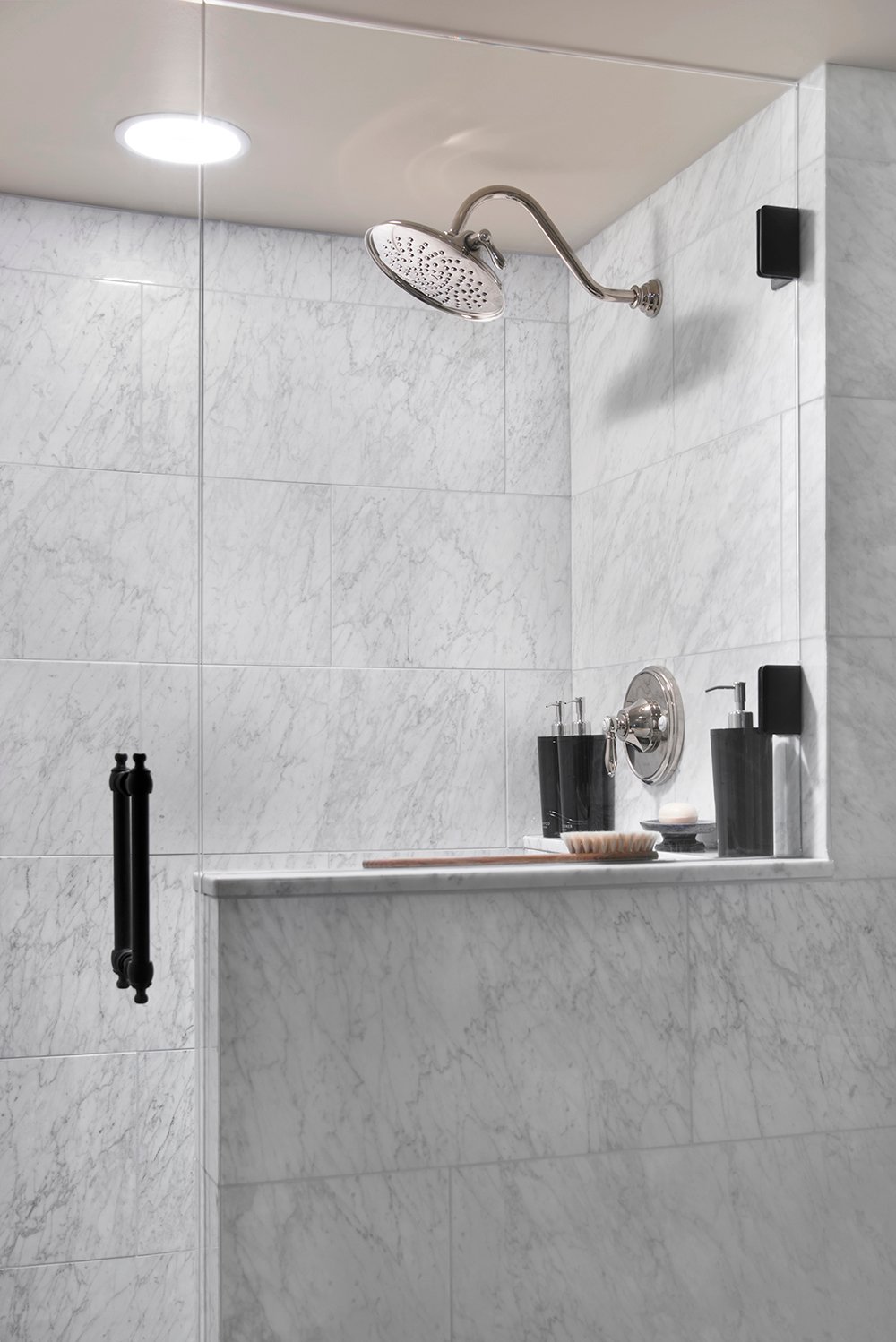 Most natural stones can be used both indoors and out… after all- they are stones that comes from the earth. Some hold up better than others, here are the pros and cons for each:
Most natural stones can be used both indoors and out… after all- they are stones that comes from the earth. Some hold up better than others, here are the pros and cons for each:
Marble
Marble is one of the most popular stones, and for good reason- it’s beauty and accessibility. As an interior designer, marble is always one of my top choices.
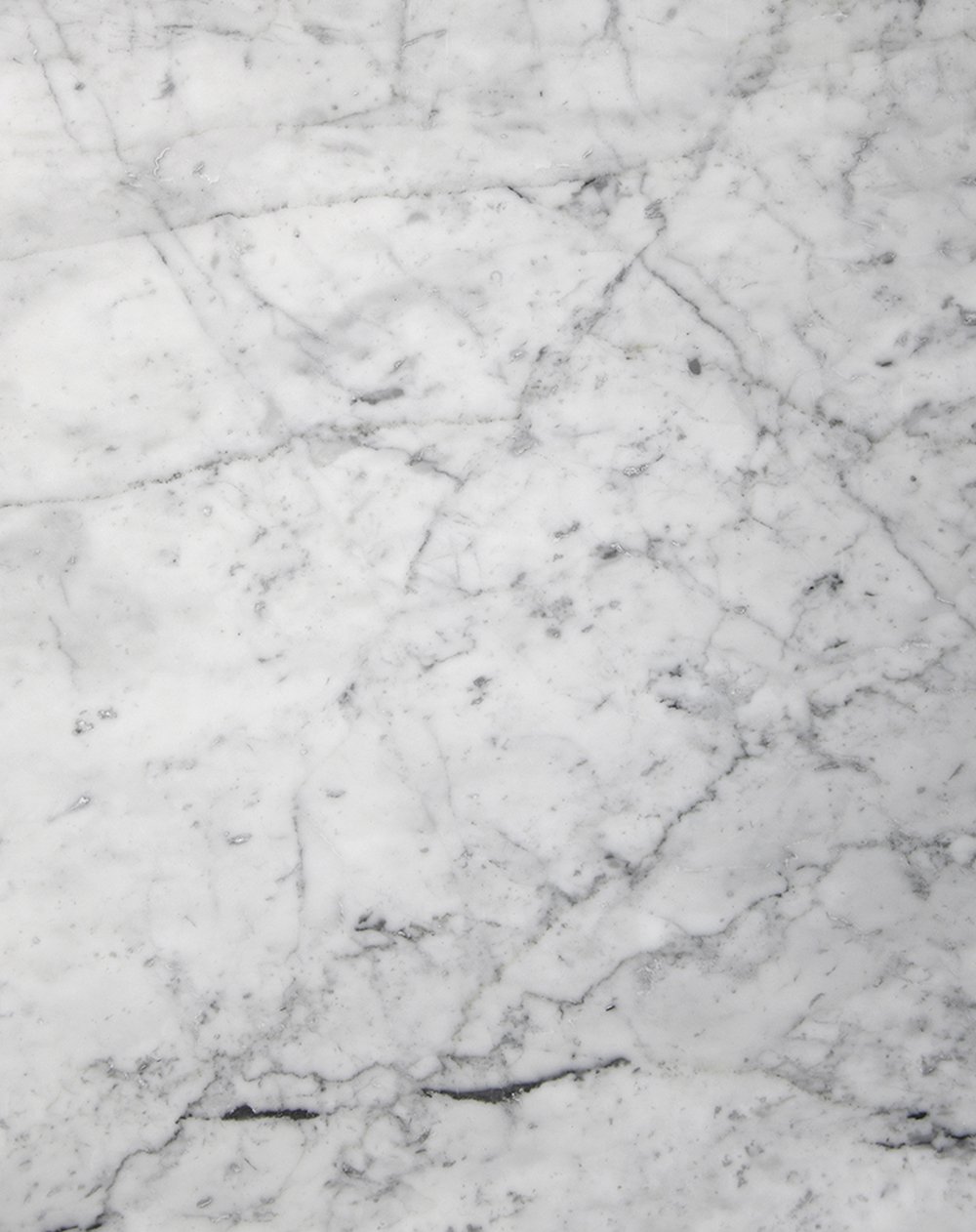
PROS:
- Accessible and easy to find.
- Provides a high-end, designer or historic look.
- Can be used anywhere, indoors and out.
- Naturally cool stone- great for cooking & baking.
- Patina builds character with time.
- Classic aesthetic.
- A longterm stone that has staying power & lasts.
- Lots of variety from slab-to-slab… lots of colors, veining patterns, etc.
CONS:
- Because it is porous, marble is susceptible to staining and etching.
- Can be costly- it’s an investment stone.
- Patina can be bothersome.
- Requires regular cleaning, polishing, and sealing.
- Vulnerable to acids- including those commonly found in the kitchen.
- Can be scratched.
Granite
Granite is very popular among builders, since it’s one of the more cost effective options in regards to natural stone. It’s also loved by homeowners for its incredible durability.
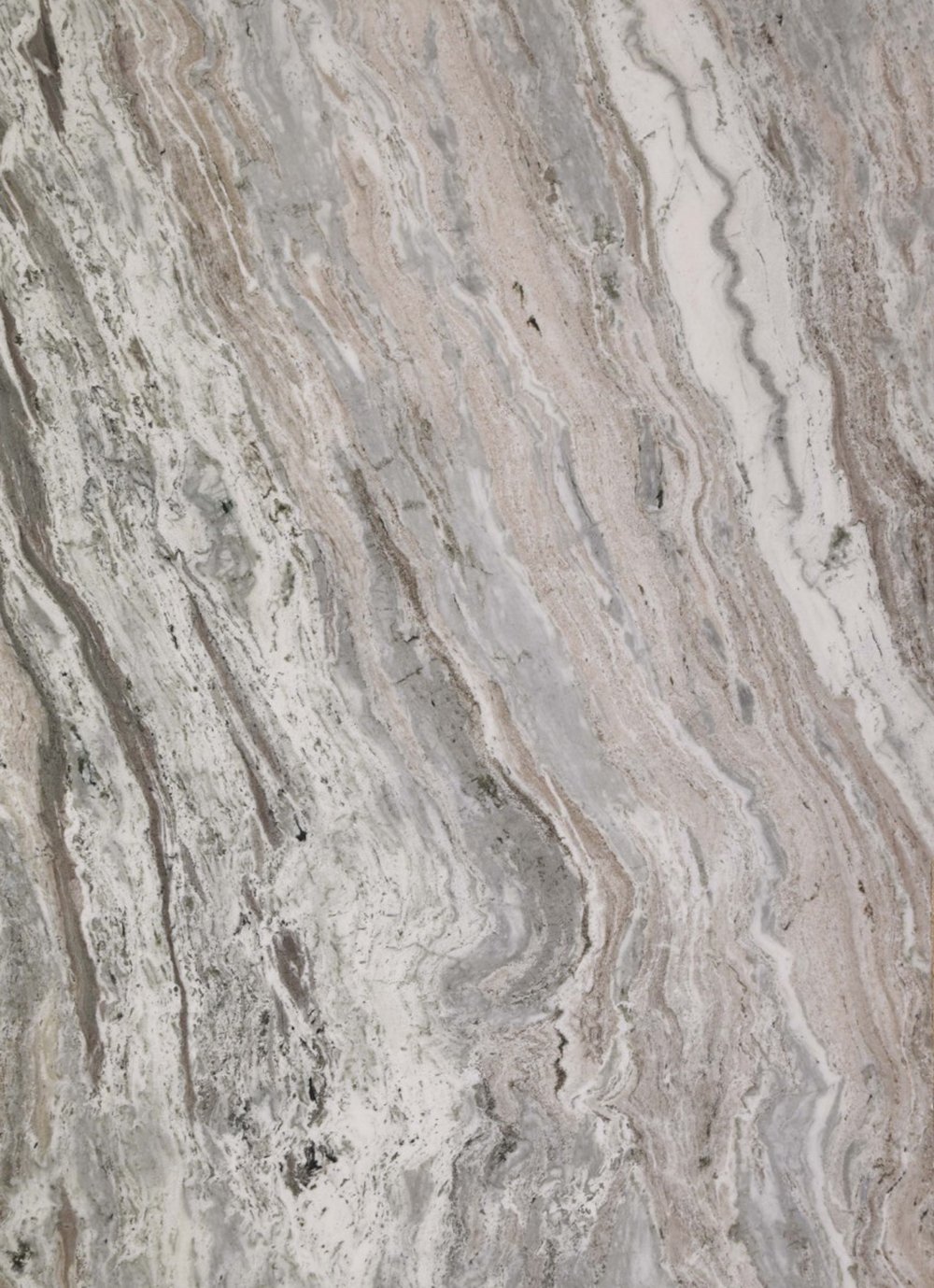
PROS:
- Extremely durable.
- Large pattern and color range.
- Naturally bacteria resistant.
- More affordable than other natural stones.
- Resistant to cracking.
- Heat resistant.
- Not affected by acidic spills- like citrus, coffee, tea, alcohol, wine, etc.
- Nearly impossible to scratch.
- Difficult to stain.
CONS:
- Can be difficult to fabricate.
- Can easily fall out of style, depending on the slab selection.
- Requires regular resealing.
Soapstone
Soapstone is one of my personal favorites. It’s durable, has lots of character, a timeless look, and is easy to maintain. I think it achieves a very classic or historic look.
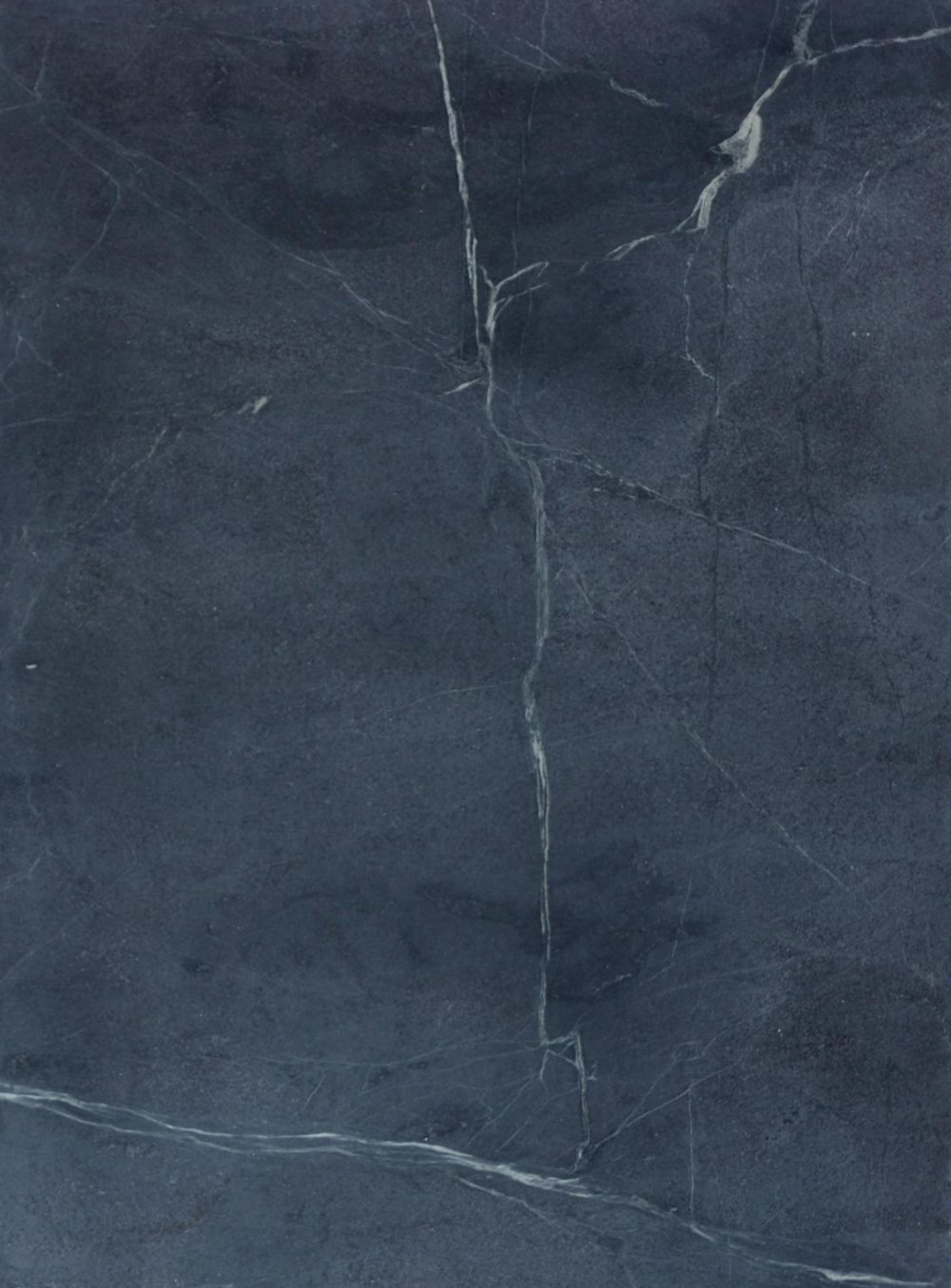
PROS:
- Heat resistant.
- Stain resistant because it’s non porous.
- Very durable.
- Antimicrobial and bacteria resistant.
- Eco friendly & chemical free.
- Can be used indoors and out.
- Low maintenance- no sealing required, but it can be oiled, waxed, or enhanced.
- Highly accessible and moderately priced.
CONS:
- Depending on the slab and quarry, it can take on a green look- which some find unappealing.
- It’s a softer stone, so it can chip or scratch.
- Few color choices… not much variety.
- More difficult to find.
- Wears unevenly.
- More expensive to fabricate or install.
Quartzite
Quartzite is extremely popular due to its marble-like appearance, while having granite-like properties (durability).
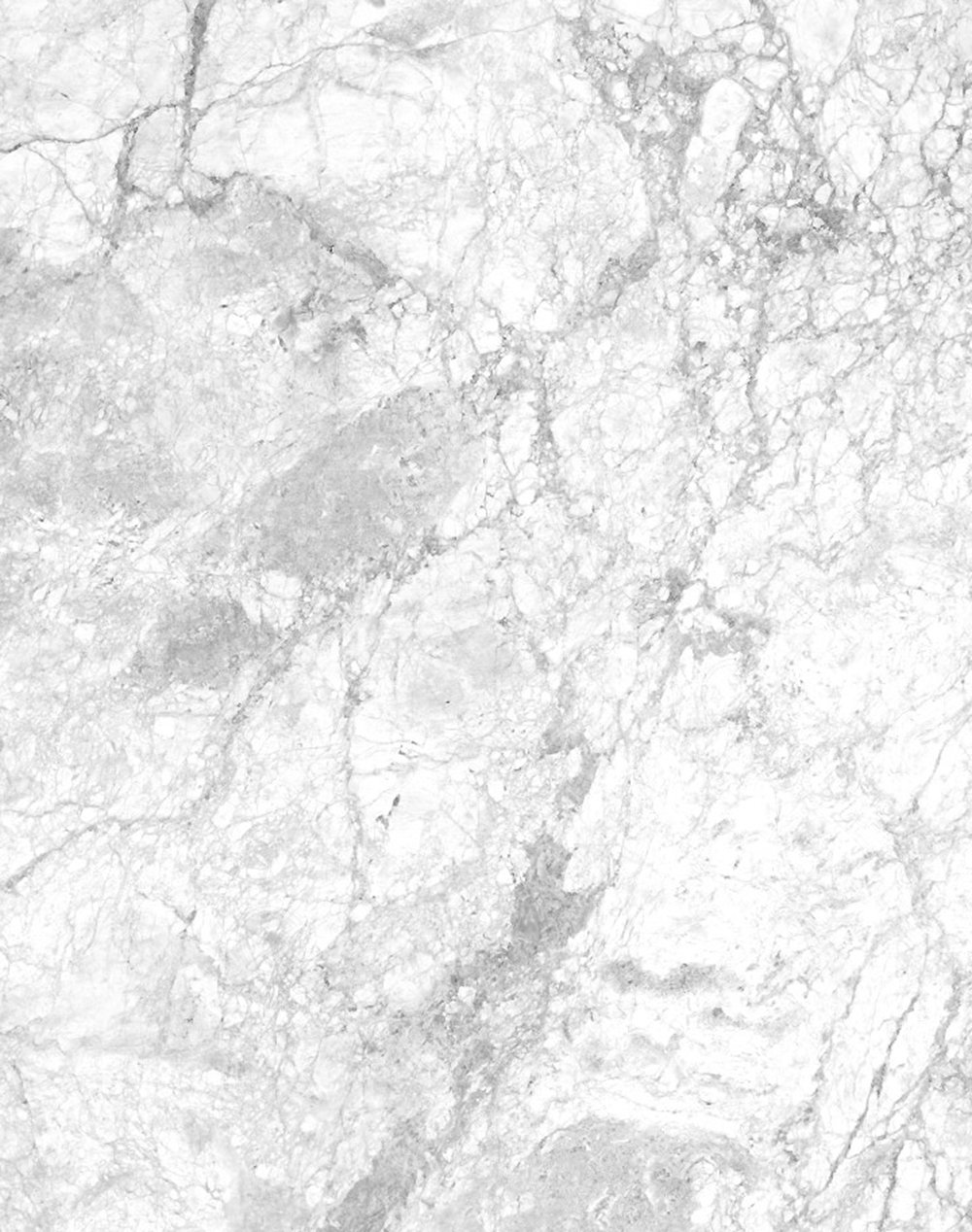
PROS:
- It looks similar to marble- has a designer aesthetic.
- Naturally strong & durable.
- Heat resistant.
- Mostly resistant to staining.
- Many different color variations to choose from.
- UV resistant.
- Mostly resistant to acids that cause etching.
CONS:
- Required regular cleaning and sealing.
- Prone to scratching.
- More expensive, and can be costly to fabricate.
- Can be difficult to find a nice looking slab.
Serpentine
This one isn’t as popular, but I had a few questions about it. Serpentine is often mistaken for green or dark marble, but it’s much better at resisting acid and can’t be scratched as easily as marble.
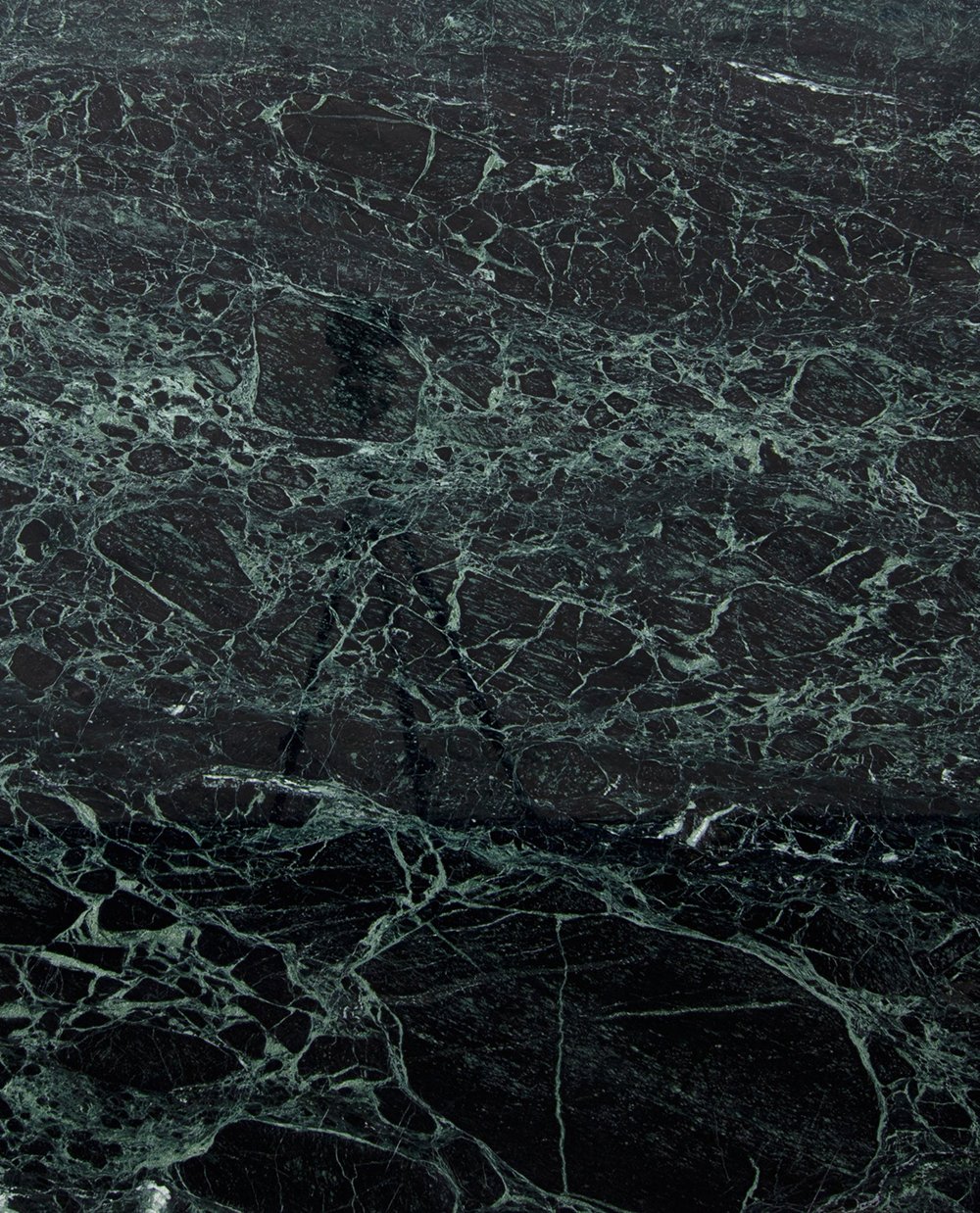
PROS:
- Etch resistant- it’s non porous.
- Doesn’t require sealing.
- Does not scratch easily.
- More cost effective than marble.
- Looks like and is often mistaken for marble.
CONS:
- It’s only available in one look: green or dark green.
- It’s softer than granite, so it can chip.
- Can be difficult to find a nice slab.
- Wears unevenly.
Slate
If you’re looking for something neutral and classic- slate could be a good option. I think it has a rustic and traditional appeal with old world charm.
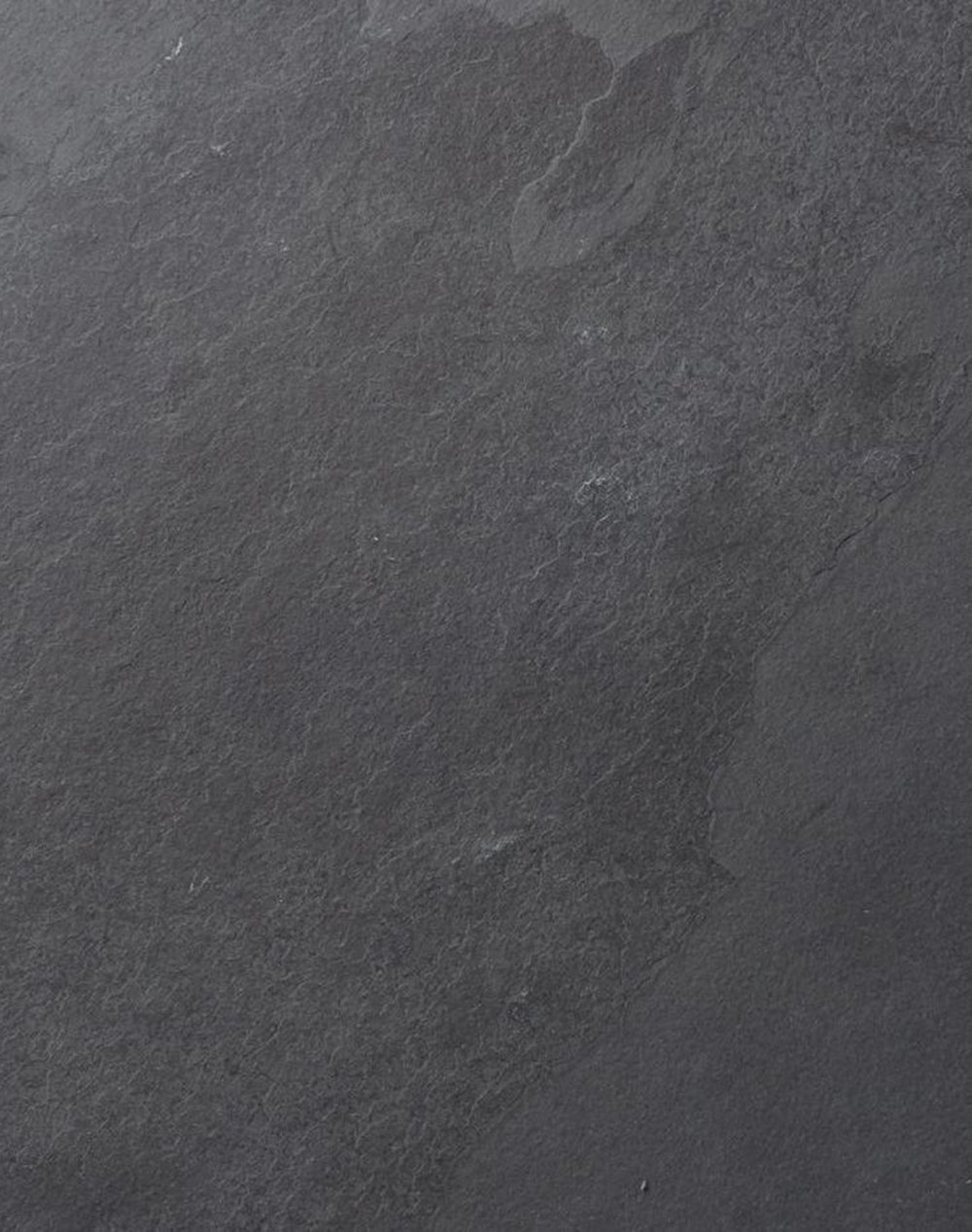
PROS:
- Classically attractive.
- Can be used indoors and out (even as roofing tiles).
- Easy to work with and fabricate.
- Nice textural look.
- Resistant to cracks, scratches, breaks, and chips.
- Resistant to freezing and thawing.
- Texture provides traction underfoot.
CONS:
- Susceptible to moisture damage
- Cold to the touch, which could be unappealing for flooring.
- Texture can be unappealing in certain installations.
Limestone
Limestone has a very historic look to me… the limestone tile in my entryway has a very European feel that I think is quite charming. Tumbled limestone is certainly having a moment and I think it’s a timeless option.
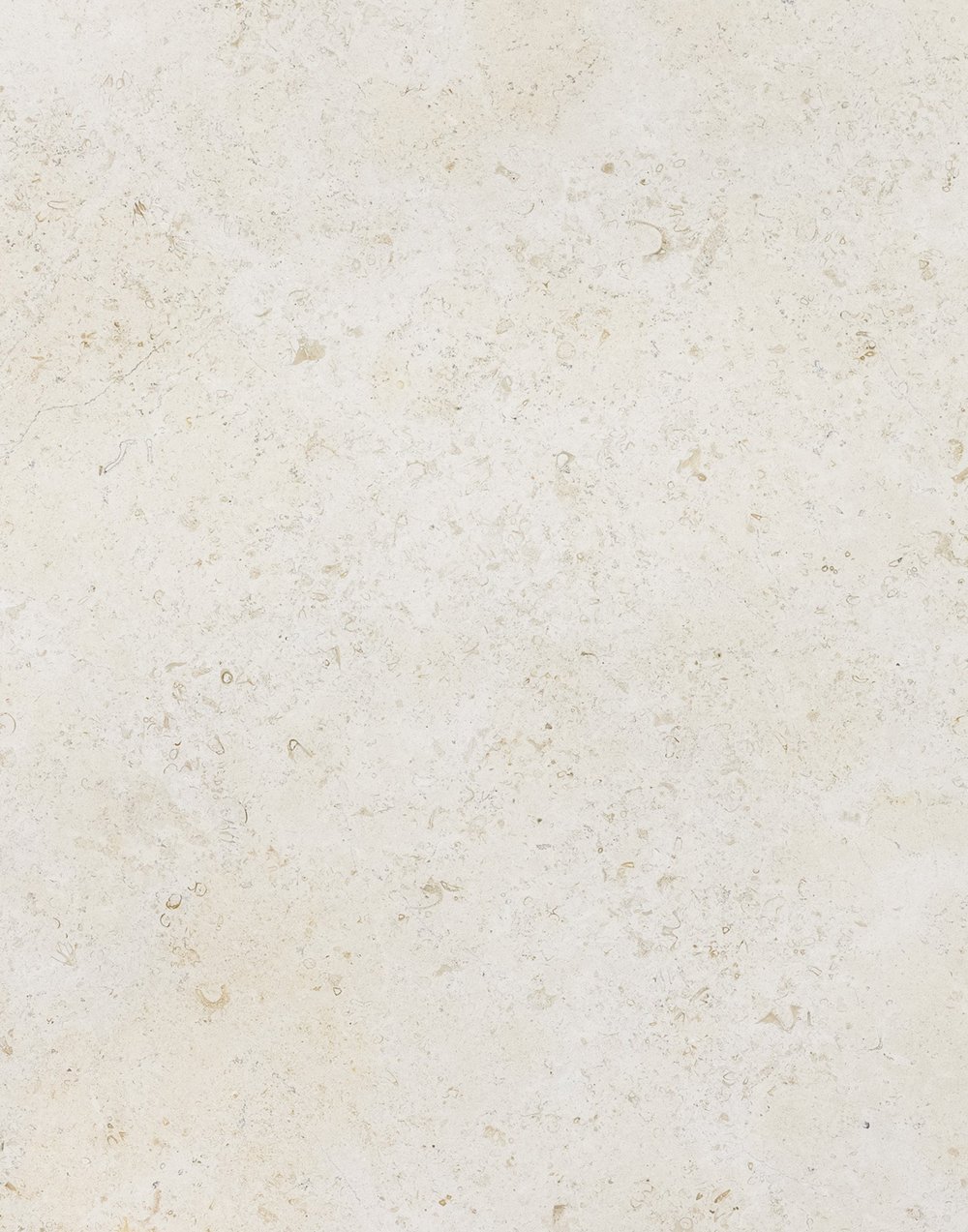
PROS:
- Easy to shape & fabricate.
- Can be used indoors, out, and for structural elements.
- Tumbled texture and old world feel.
- Texture improves over time.
- Readily available.
- Texture provides traction underfoot.
- Timeless aesthetic.
CONS:
- Susceptible to acidity and etching- it’s porous.
- May stain since it is chemically susceptible.
- Fewer color choices.
- Requires maintenance and sealing.
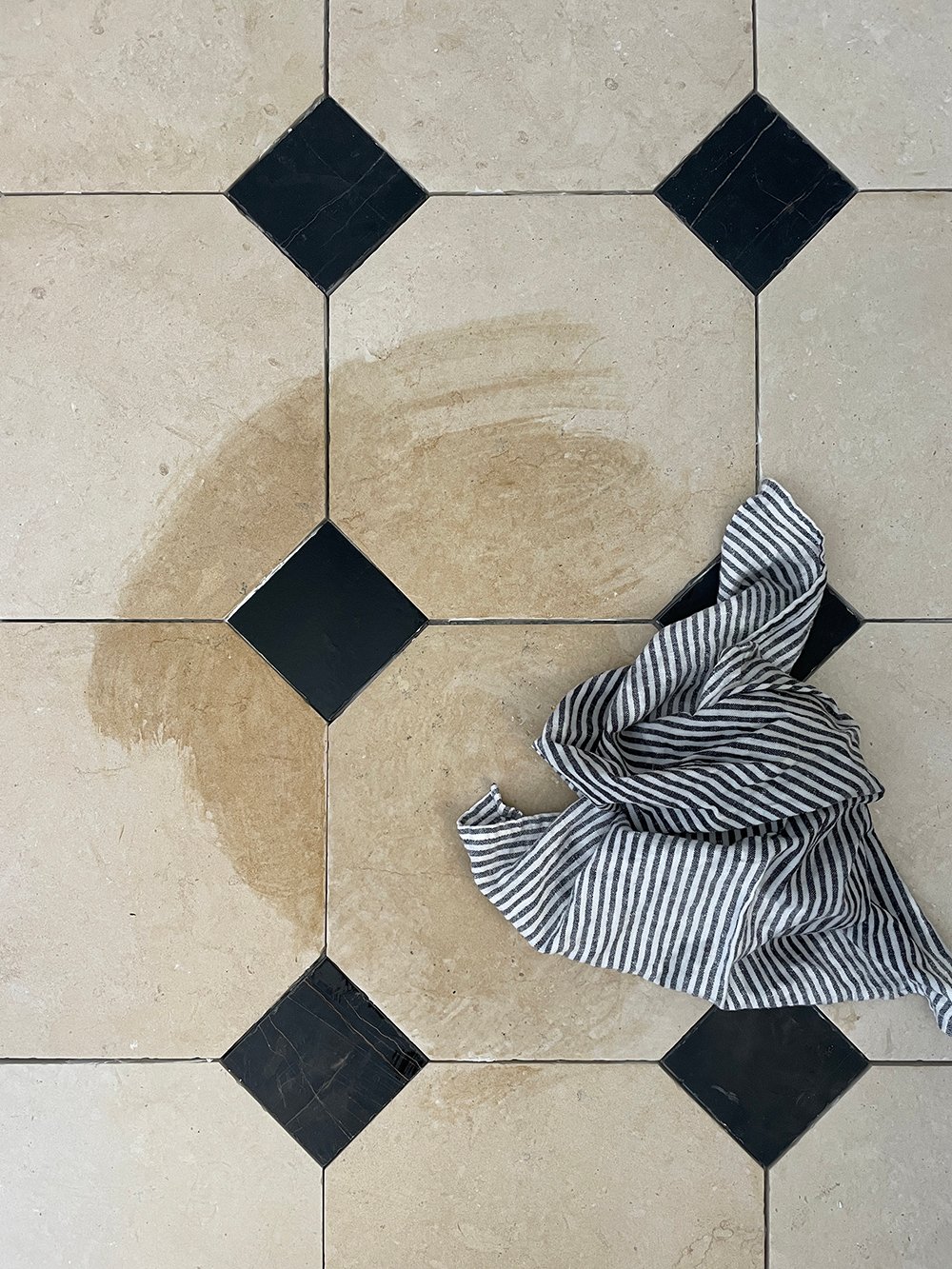 Looking for more blog posts and information on natural stone? Check out the following blog posts!
Looking for more blog posts and information on natural stone? Check out the following blog posts!
- Marble Maintenance & The Truth About Natural Stone
- Design Discussion : Natural vs. Engineered
- Everything You Need to Know About Soapstone
- Why We Used Soapstone in Our Kitchen… Again
- Honing Our Guest Bathroom Nero Marble Countertops
- Our Limestone Entryway Tile + Alternative Options
I hope this post was helpful! As always, let me know if you have any questions in the comment section below. It may take me a few days to get back with you, but I’ll be back to my desk soon. I’m off to celebrate Emmett’s birthday- if you see him on social media today, help me wish him a happy birthday!
